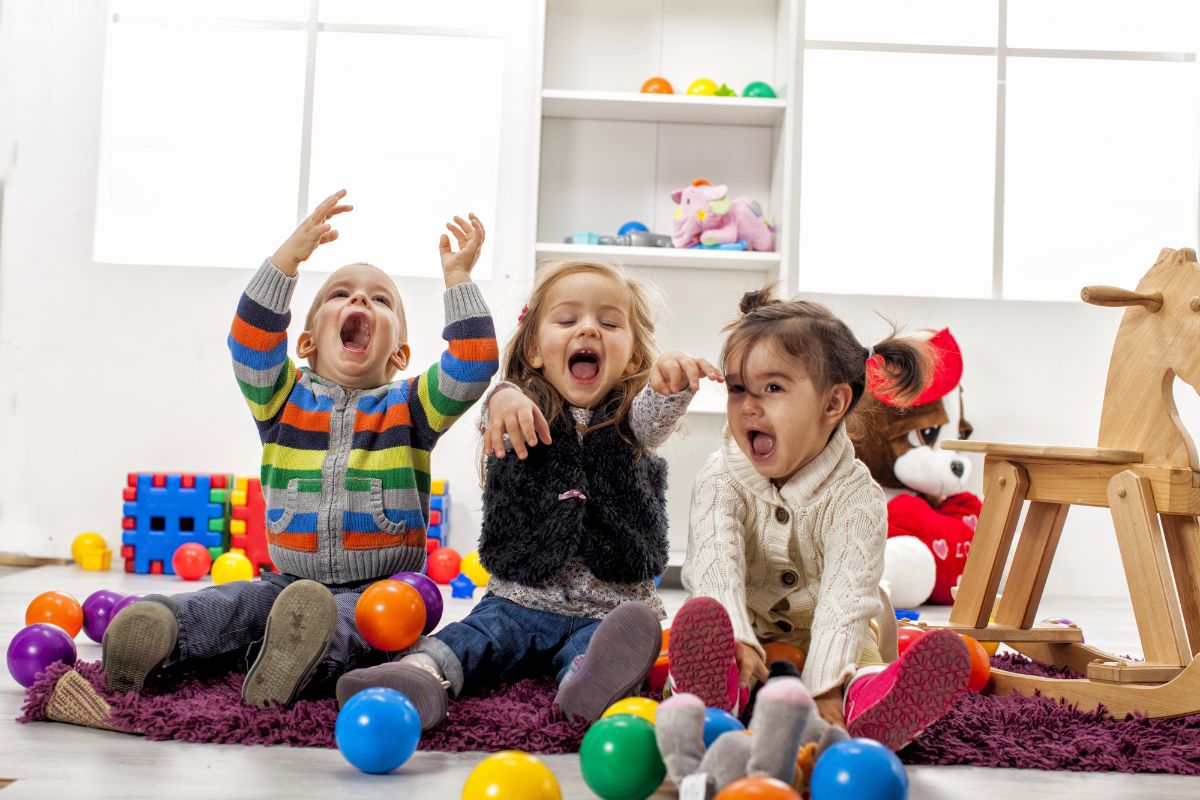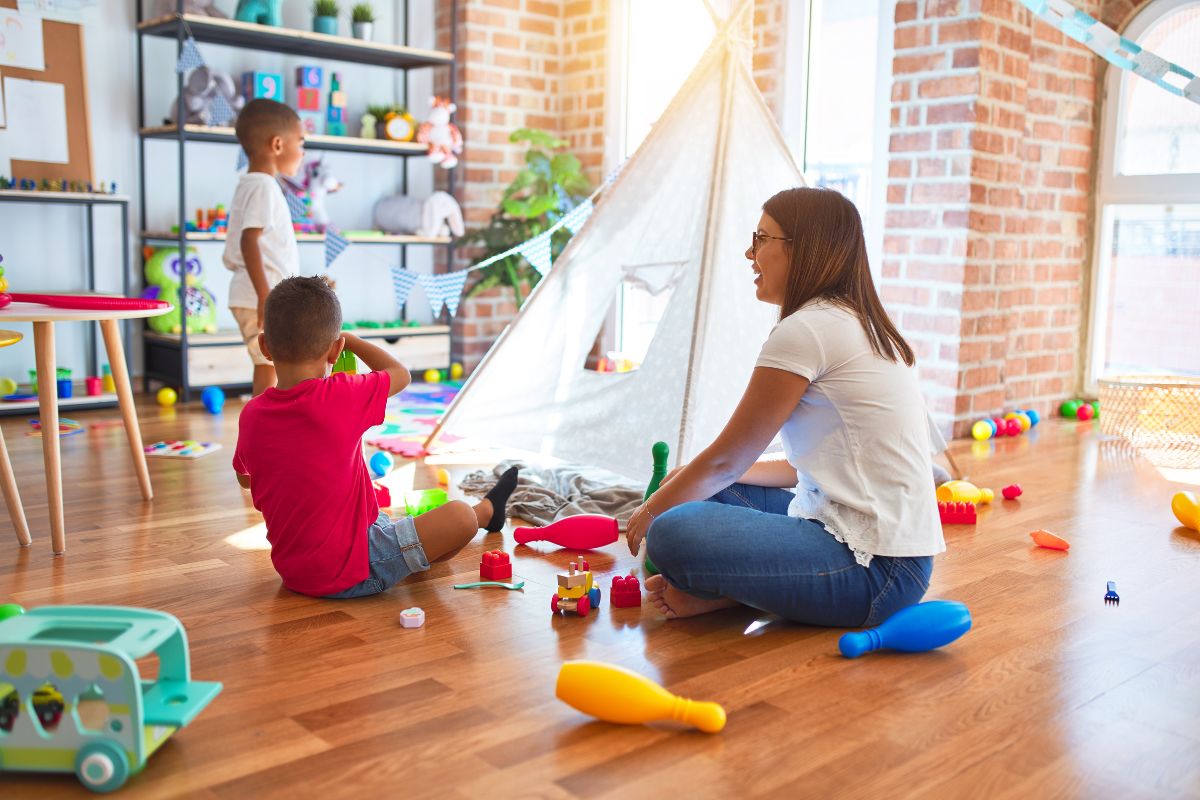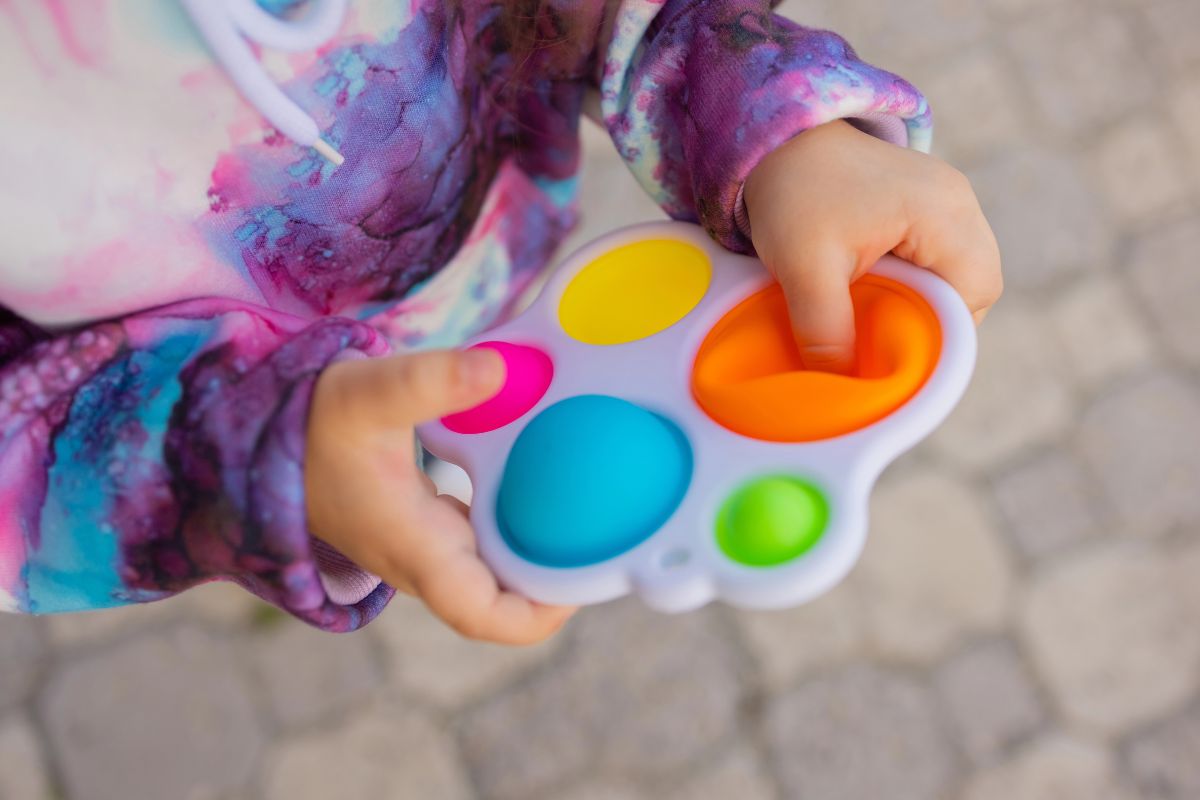Key Takeaways
- Visual supports make information clearer and easier to understand, helping individuals follow routines, learn new skills, and navigate daily life with confidence.
- Different types of visuals—such as schedules, token boards, timers, and communication boards—serve unique purposes, supporting communication, behavior management, and independence.
- Visuals reduce anxiety and strengthen predictability by outlining expectations, preparing individuals for transitions, and creating consistent structure across settings.
- When individualized and used consistently, visual supports enhance learning and generalization, helping skills transfer from therapy sessions into home, school, and community environments.
Visual supports are one of the most effective tools used in Applied Behavior Analysis (ABA) therapy. For many individuals with autism and other developmental differences, visual information is easier to process, understand, and remember than verbal instruction alone. Visuals provide clarity, structure, and consistency—helping individuals make sense of their environment, communicate their needs, and build meaningful skills across settings.
From visual schedules to token boards, visuals come in many forms. Each tool serves a specific purpose, and when used thoughtfully, they can transform daily routines and learning experiences for both children and caregivers.
What Are Visual Supports in ABA?
In ABA therapy, visuals refer to pictures, symbols, written words, or objects used to communicate information in a clear and accessible way. They help individuals understand expectations, make choices, transition smoothly, and learn new skills. Visuals are customized to each learner and are often incorporated into home, school, and community routines.
Common Types of Visual Supports Used in ABA
1. Visual Schedules
Visual schedules outline the steps or events in a day, activity, or routine. They help individuals anticipate what’s happening next, easing transitions and promoting independence.
- Can be daily, weekly, or activity-specific
- Reduce anxiety by providing clear structure
- Increase engagement and predictability
2. Token Boards
Token boards use visual tokens that a child earns by completing tasks or meeting behavioral goals. Once the board is filled, the individual earns a preferred reward.
- Encourage motivation
- Make reinforcement clear and predictable
- Help individuals track their own progress
3. Choice Boards
Choice boards display a set of visual options—activities, snacks, toys, or tasks—so individuals can communicate preferences.
- Reduce frustration
- Increase autonomy
- Support meaningful self-expression
4. Visual Communication Supports
These include communication boards, Picture Exchange Communication System (PECS) cards, AAC visuals, and icon-based tools that help individuals express wants, needs, and ideas.
- Support expressive and receptive language
- Offer alternatives for individuals with limited verbal communication
- Promote social interaction and engagement
5. Visual Reinforcement Charts
Charts visually track progress toward goals, reinforcing positive behavior and celebrating accomplishments.
- Highlight achievements
- Encourage goal-directed behavior
- Provide clear visual feedback
6. Social Stories
Social stories use images and simple text to explain social concepts, expectations, or new situations.
- Prepare individuals for transitions or unfamiliar experiences
- Teach social norms and emotional understanding
- Reduce anxiety through clear narratives
7. Visual Timers
These tools show the passage of time in a visual format, helping individuals prepare for transitions or understand how long an activity will last.
- Reduce resistance to change
- Improve time-management skills
- Build routine and structure
8. Visual Prompts
Pictures, symbols, or written cues serve as reminders for behaviors or tasks.
- Support independence
- Reduce reliance on verbal prompting
- Guide appropriate behavior in real time
9. Academic Visual Supports
In school or therapy:
- Visual instructions
- Color-coded materials
- Step-by-step worksheets
- Classroom routine charts
These tools support focus, comprehension, and task completion.
10. Self-Care and Daily Living Visuals
Visuals can break down routines like brushing teeth, dressing, handwashing, or preparing snacks.
- Promote independence
- Reduce caregiver prompting
- Teach life skills in manageable steps
How Visual Supports Strengthen ABA Therapy
Individualized and Flexible
Every visual tool is tailored to the learner’s interests, abilities, and communication style. Some individuals prefer photos; others respond best to symbols or written words.
Consistent and Predictable
Visuals offer a steady, reliable way to present information. This consistency reduces confusion and helps individuals understand expectations more clearly.
Enhance Communication
For individuals with limited verbal language, visuals offer a powerful way to communicate needs, preferences, and feelings—making communication more accessible and less frustrating.
Support Behavior Management
Visuals clarify expectations, highlight rewards, and help prevent challenging behaviors by reducing uncertainty. They also make rules and routines easier to understand.
Promote Skill Acquisition
By breaking down complex skills into simple steps, visuals make learning more concrete and achievable. They support academic, social, communication, and daily living skills.
Increase Independence
Instead of relying on constant verbal direction, individuals can use visual supports to complete tasks and navigate routines on their own.
Reduce Anxiety
Visuals help prepare individuals for transitions, new situations, or unexpected changes by providing clear expectations and a structured roadmap.
Aid Generalization Across Settings
When visuals are used in therapy, at home, and in school, individuals learn to apply skills across multiple environments—making progress more meaningful and long-lasting.
Strengthen Collaboration
Therapists, caregivers, teachers, and other professionals can use shared visual tools to stay aligned, maintain consistency, and support the child’s progress.
Support Tracking and Motivation
Visual reinforcement charts and token systems make progress visible and rewarding, encouraging engagement and effort.
Why Visual Supports Work
Visuals aren’t just tools—they are a bridge between understanding and action. Many individuals with autism process information more effectively when it’s concrete and visual rather than abstract or verbal. By making expectations clear, reducing uncertainty, and supporting communication, visuals help individuals thrive across all areas of life.
Conclusion
Visual supports are an essential foundation of effective ABA therapy. They enhance communication, reduce anxiety, support skill development, and promote independence. When individualized and used consistently, visuals empower individuals to understand their world, participate with confidence, and engage more fully at home, at school, and in the community.
Whether it’s a visual schedule on the fridge, a token board in the classroom, or a communication board used during play, these tools make learning more accessible—and life more predictable and joyful—for individuals and their families.
Frequently Asked Questions
Why are visual supports so effective in ABA therapy?
Many individuals process visual information more easily than verbal information. Visual supports make expectations concrete, predictable, and accessible, which reduces anxiety, strengthens comprehension, and promotes more independent participation in routines and learning.
Do visual supports replace verbal communication?
No. Visuals enhance—rather than replace—verbal communication. They provide clarity, reinforce understanding, and offer alternative communication pathways for individuals with limited speech. Over time, visuals can support the development of expressive and receptive language skills.
Can visual supports be used at home and school, or only during ABA sessions?
Visual supports are most effective when used consistently across all environments. Families, teachers, and therapists can collaborate to use the same visuals, ensuring the individual experiences predictable routines, reinforced learning, and consistent expectations wherever they go.



